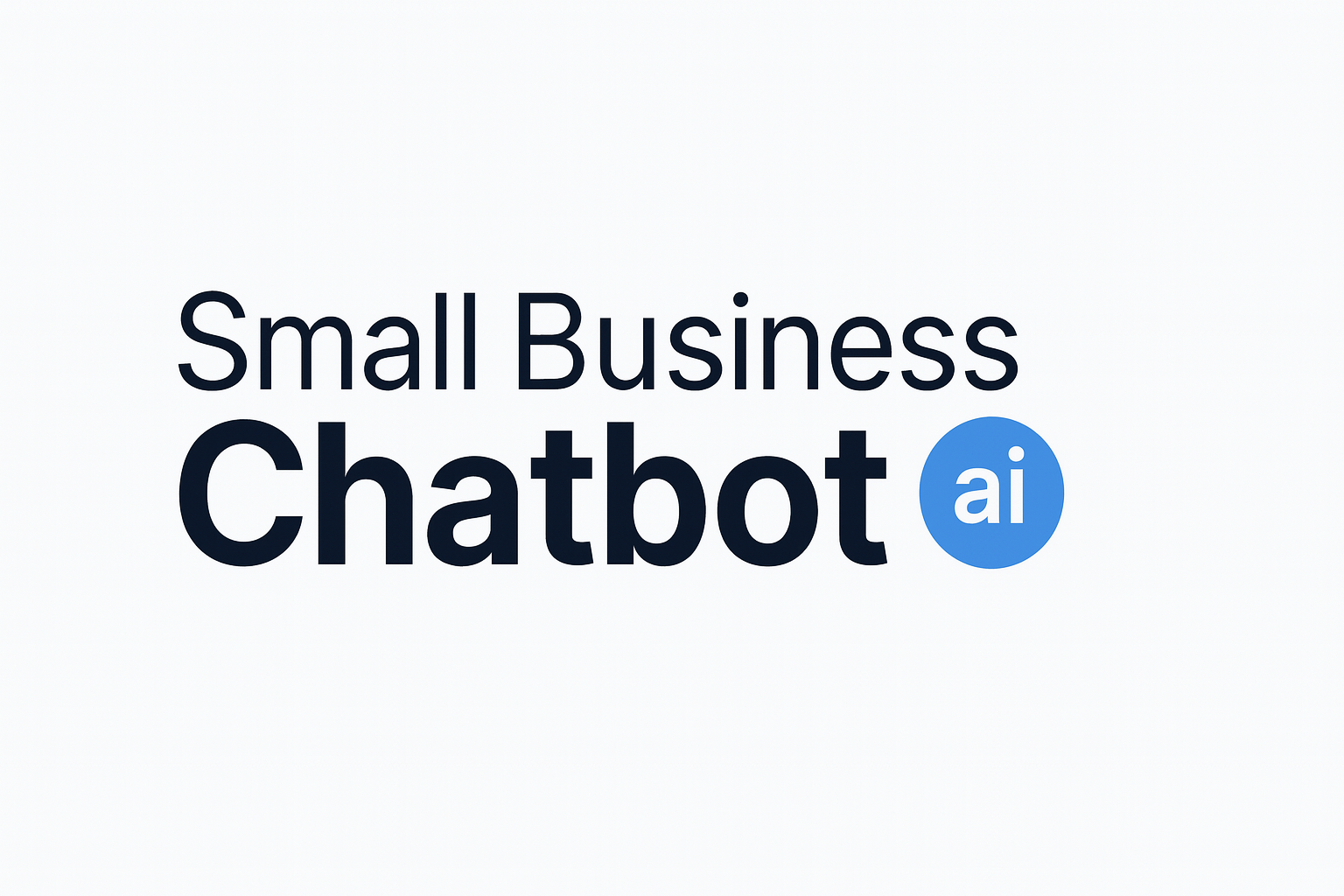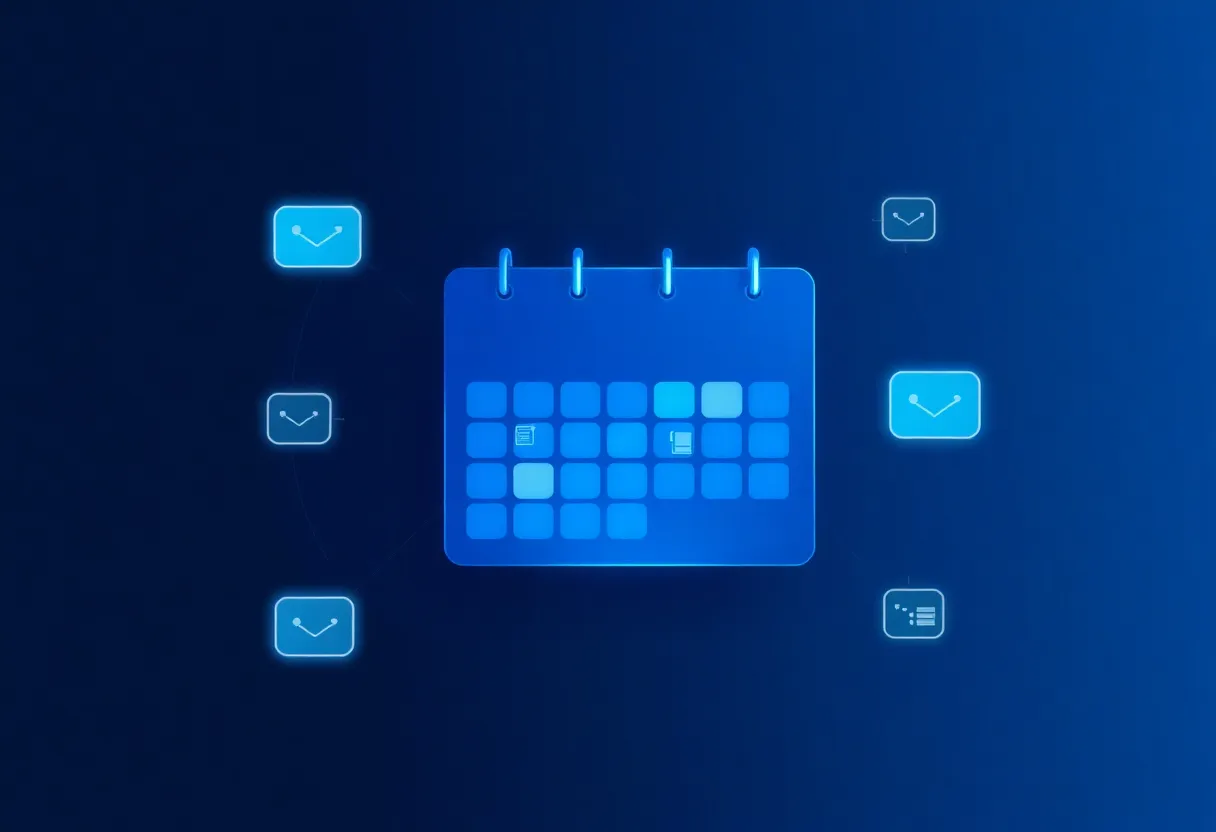When a customer types a question, your AI chatbot should know where to send it and what to say next. If conversations bounce around, stall, or land with the wrong team, you have a routing problem. This guide shows small business owners how to diagnose and fix chatbot message routing fast—without rebuilding everything from scratch.
1) Diagnose routing issues
Start with signals that something is off. Look for these patterns in transcripts and analytics:
Common symptoms
- Customers repeat themselves or rephrase multiple times.
- High “transfer after first reply” rate.
- Answers reference the wrong policy, plan, or form.
- Long detours before an agent joins the chat.
Where to look
- Conversation tags: mismatched intents or topics.
- CSAT comments mentioning “wrong department” or “loop.”
- Escalation notes: “reassigned” and “no context.”
- 404s or outdated URLs in bot replies.
Research highlight
- Only 14% of customer service issues are fully resolved in self‑service, even for simple tasks—underscoring the need for clear routing and smooth handoffs .
- 63% of consumers say they’ll switch to a competitor after just one bad experience—good routing protects loyalty .
- Every 1% increase in First Contact Resolution (FCR) typically lifts customer satisfaction by 1% .
2) Quick fixes and triage
Stabilize the experience while you work on deeper changes.
- Add a visible escape hatch: A “Talk to a person” button and the keyword triggers agent, human, representative that route to live support.
- Shorten decision paths: Remove redundant questions; ask one clarifying question at a time.
- Hotfix broken links: Sweep your knowledge base for expired forms and outdated URLs.
- Pin priority intents: Force top intents (billing, orders, appointments) to the front of your routing logic.
- Summarize on handoff: Auto‑attach a 2–3 sentence summary when escalating to a human to avoid restarts.
3) Rebuild routing around intents (not keywords)
Keywords catch phrasing; intents capture goals. For durable routing, map your top intents and teach the model with real phrasing from your customers.
How to model intents
- Inventory top 20 reasons people contact you (orders, billing, cancellations, returns, appointments, troubleshooting).
- Create variations for each intent: slang, typos, product names, and short fragments.
- Define success actions per intent: link to a flow, form, or agent queue.
- Set disambiguation: one targeted follow‑up question if confidence is low.
- Route low‑confidence matches to a generalist queue with human review.
Decision rules to reduce misroutes
- Intent + entity + customer status: e.g., intent = “billing”, entity = “refund”, status = “within 30 days” → refund flow.
- Blocklists and guardrails: Never answer on legal, medical, or account‑takeover topics—escalate immediately.
- Business hours awareness: If no agents are online, offer a callback or email capture instead of dead‑ending.
4) Keep content and links current
Routing often breaks because the bot points to the wrong content.
- Set a content owner for each policy, plan, or form link the bot uses.
- Expire stale content automatically; require review dates on articles.
- Version your forms so URLs don’t change silently after site updates.
- Mirror agent macros in the bot’s knowledge so handoffs stay consistent.
5) Design human handoff and escalation
Great bots know their limits. Design the handoff to feel seamless.
- Context carryover: Pass the full transcript, selected intent, and customer data to the agent.
- Queue selection: Route to the right skill group (billing vs. tech) using the detected intent and customer tier.
- Set expectations: Confirm what will happen next (“Connecting you to billing; typical wait is 2 minutes”).
- Post‑handoff insight: Capture agent resolution codes to retrain the bot on what didn’t work.
6) Testing and monitoring checklist
Weekly routing QA
- Run 25–50 seed tests across your top intents with new phrasings.
- Review low‑confidence matches and update examples.
- Spot‑check misroute transcripts and annotate the correct intent.
- Validate handoff summaries against agent notes.
- Re‑crawl links used by the bot to catch 404s and moved forms.
Before and after you ship changes
- Smoke‑test top 10 intents and the “human” escape hatch.
- Monitor live for 48 hours: misroute rate, transfers, abandonment, CSAT comments.
- Roll back fast if transfers or negative CSAT spike.
7) Metrics that prove it worked
- First Contact Resolution (FCR): % of chats resolved without follow‑ups or channel switching.
- Misroute rate: Transfers due to incorrect first destination ÷ total chats.
- Containment with satisfaction: Automated resolutions with CSAT ≥ your goal.
- Escalation efficiency: Time from “handoff requested” to agent response.
- Knowledge freshness: % of bot answers that reference an article reviewed in the past 60–90 days.
8) Tools and integrations
Routing gets smarter when your bot can see orders, appointments, and account status. If you use a CRM, help desk, or scheduling app, connect them to your chatbot so intents map to real actions (lookups, cancellations, refunds, bookings).
Learn about supported apps on our integrations page, and see what other owners say on our customer reviews.
Frequently asked questions for fixing AI chatbot message routing issues
- What is “message routing” in a chatbot?
- It’s the logic that decides where a conversation goes next—answer from knowledge, launch a flow, or hand off to a specific agent queue. Good routing uses intents, entities, and customer context.
- How do I know if my bot is misrouting?
- Look for high transfer rates after the first reply, customers repeating themselves, or agent notes saying “wrong queue.” Spot‑check transcripts weekly.
- What’s the difference between keyword and intent routing?
- Keyword routing looks for exact words; intent routing learns what the customer is trying to do, even with typos or slang. Intent‑based routing is more reliable and reduces detours.
- How often should I retrain intents?
- Monthly for most teams, weekly if volume is high or you launched new products/policies. Always retrain after you spot a spike in misroutes.
- How can I make human handoff feel seamless?
- Pass the transcript, detected intent, and a 2–3 sentence summary to the agent. Tell the customer what will happen and when. Keep the same chat window to avoid context loss.
- Which KPIs matter most?
- FCR, misroute rate, containment with satisfaction, escalation efficiency, and CSAT comments mentioning “wrong department” or “loop.”



